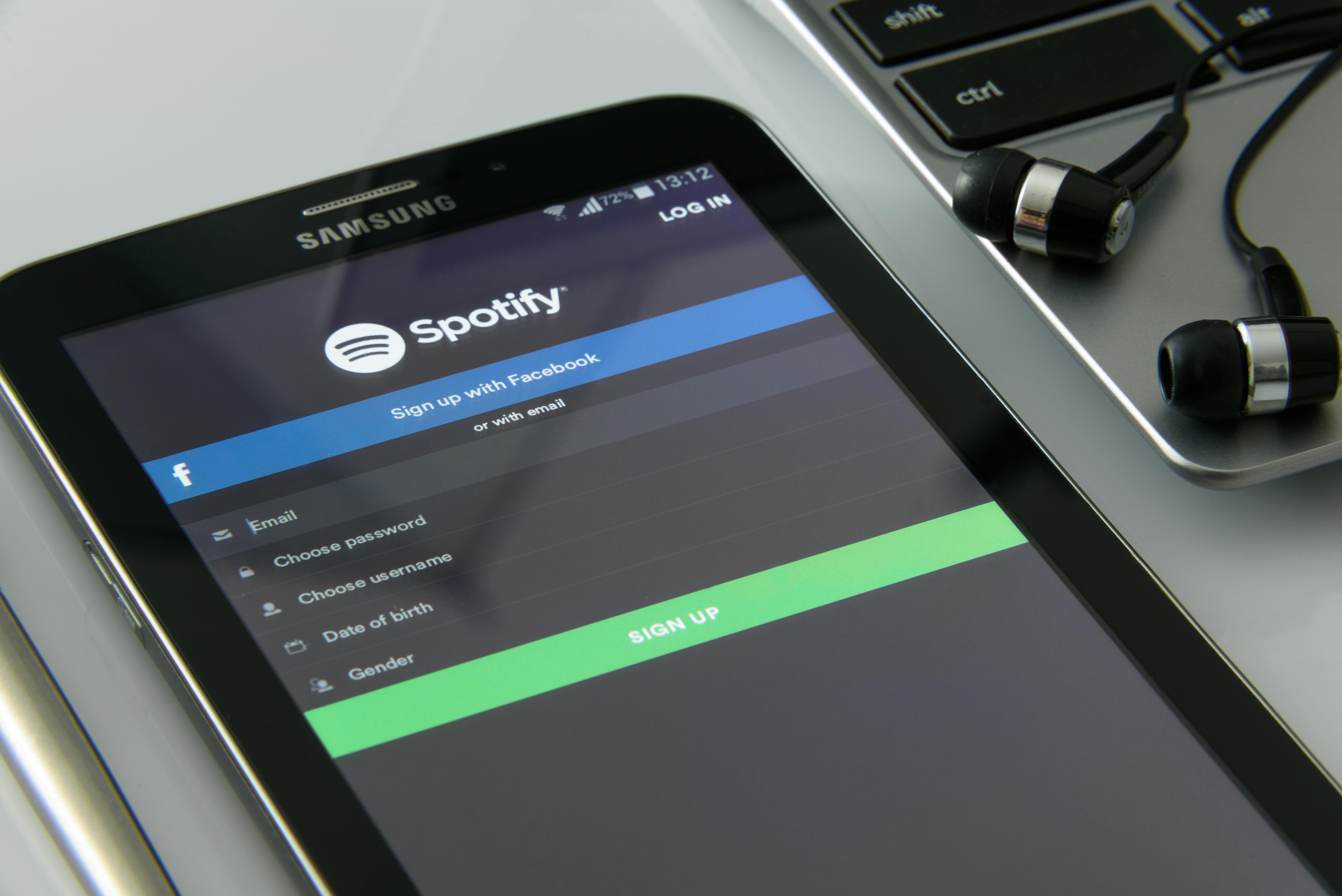5 Effective Methods for Starting a Paragraph in 2025

Proven Strategies on How to Start a Paragraph: Effective Writing Techniques for 2025
In today’s fast-paced world, the first few sentences of any written piece can make or break your connection with readers. Understanding how to start a paragraph effectively is crucial for any writer, whether you are a student, professional, or a creative individual. Engaging first sentences draw readers in, setting the tone and capturing their attention right from the get-go. This article delves into various techniques for crafting compelling introductions, emphasizing their importance in the overall writing process.
As we explore various paragraph beginnings — from starting with anecdotes and quotes to posing questions and using vivid imagery — you'll discover powerful strategies that resonate with diverse audiences. Throughout this guide, we’ll also touch upon how to ensure a smooth connection between paragraphs, fostering robust writing flow. Let’s embark on this journey into the art of crafting engaging paragraph openings.

Choosing Effective Openings for Your Paragraphs
Building on the foundation of compelling introductions begins with understanding the various ways to start a paragraph effectively. Whether you're writing an academic paper, a blog post, or creative fiction, your opening lines should intrigue and engage.
Using Anecdotes to Captivate Your Audience
Starting with a personal story or anecdote can set a relatable tone for your readers. Anecdotes humanize writing, allowing readers to connect emotionally and personally with the content. They provide context and background, fostering a sense of familiarity. For example, if you are writing about the importance of writing skills, beginning with a brief story about your own writing journey could hook the audience right from the start.
Engaging through Quotations
Another powerful strategy involves incorporating a relevant quote to kick off your paragraph. A well-chosen quote can lend authority to your argument and resonate with readers. For instance, quoting a renowned author on the importance of effective communication can set the tone for a discussion on paragraph structure.
Posing Questions to Prompt Reflection
Engaging readers by posing questions at the beginning of a paragraph can invoke curiosity and reflection. This strategy invites readers to consider their own experiences or opinions related to your topic. For instance, starting with a question like, “Have you ever struggled to convey your thoughts clearly in writing?” can instantly draw your audience in.

Utilizing Facts and Statistics
Facts and statistics serve as compelling hooks to captivate readers. Opening a paragraph with an intriguing statistic can provide a solid foundation for your discussion and emphasize the relevance of your topic. For instance, noting that “over 70% of readers only skim articles” can highlight the necessity of clear and engaging openings.
When to Start with a Thesis Statement
For academic writing, starting with a strong thesis statement establishes a clear direction for your paragraph. It outlines the main argument and provides a roadmap for your readers, helping them understand what to expect. A focused thesis also aids in maintaining coherence and clarity throughout your writing.
Creating Urgency and Emotion
Evoking emotion in your opening lines can effectively draw readers in. Whether it’s creating a sense of urgency or conveying a deeper emotional connection to a topic, emotional language can make your writing resonate powerfully with your audience. For example, starting with a line that emphasizes the consequences of poor writing can instill a sense of urgency in the reader.
Using Engaging Techniques for Strong Paragraph Beginnings
With these techniques established, it’s crucial to understand how to apply them practically. Each technique can significantly impact reader engagement and retention, paving the way for a persuasive written piece.
Employing Vivid Imagery
When utilizing descriptive language, engaging the senses can enhance the reader’s experience. A vivid image can vividly illustrate a point, engaging their imagination and drawing them into the narrative. For instance, starting with a description of a bustling coffee shop can immerse readers in a relatable scenario while transitioning into a discussion on effective communication skills.
Starting with Humor
Using humor as an opener can create an immediate connection with readers, breaking the ice and making them feel at ease. A light-hearted joke or a witty observation pertaining to the topic can effectively set a positive tone. However, ensuring that the humor aligns with the content and tone of your writing is fundamental to maintaining professionalism.
Incorporating Dialogue
Starting with a line of dialogue can immediately engage readers by pulling them into a scene. Dialogue can provide a relatable context and make the narrative feel dynamic. For instance, “’Can you believe that?’ Sarah exclaimed, as she opened her laptop to write.” This technique introduces characters and sets the stage for exploring their thoughts and actions.
Framing Your Topic Clearly
Effective paragraph beginnings should not only attract interest but also bring clarity to your message. The opening can frame the topic clearly, helping readers understand its significance at first glance.
Highlighting Benefits and Solutions
When starting with the benefits of pursuing your topic, readers quickly link your message to their needs. For instance, if discussing the importance of effective writing, outlining how better writing skills can elevate career prospects can grab the audience’s attention and establish relevance.
Summarizing Main Points
Quickly summarizing the main idea at the beginning of your paragraph can orient readers and provide a clear perspective on what to expect. This technique is particularly effective in longer essays where readers may need reminders of the overall argument. It helps maintain focus and cohesiveness throughout the piece.
Using Metaphors or Similes
Metaphors and similes can create strong imagery and connections in your writing. These literary devices stimulate the reader's imagination and help clarify complex ideas. For example, stating that “writing without structure is like navigating a ship without a compass” effectively communicates the significance of organization.
Crafting Transitions for Cohesive Flow
In any written work, how you transition from one paragraph to another is just as vital as how you start each paragraph. Effective transitions ensure that your writing flows smoothly, maintaining reader engagement throughout the piece.
Creating Logical Connections
Using transition sentences that link between paragraphs helps build a seamless narrative. Phrases like “Building on these ideas…” or “Following this line of thought…” can guide readers through your argument while enhancing clarity in your writing.
Outlining Key Ideas
Outlining the main ideas at the beginning of paragraphs aids in creating clarity. Each new paragraph can serve to expand upon the previous point while reinforcing the overall thesis. This way, readers can track the development of your argument effectively.
Employing Rhetorical Questions for Engagement
Rhetorical questions embedded in transition sentences can stir deeper thought in the reader. For example, after discussing one aspect of paragraph structure, a question like, “But how can we ensure that these structures are effective?” can propel readers into the following discussion fluidly.
Conclusion: Mastering Paragraph Beginnings
In conclusion, knowing how to start a paragraph effectively is a vital skill for any writer. Utilizing various techniques — from engaging anecdotes and statistics to vivid imagery and humor — can draw in your audience and enhance the coherence of your writing. Remember to prioritize clarity and connection while crafting your paragraphs, which strengthens your overall argument.
As we move towards an increasingly digital and fast-paced writing landscape, honing these beginning skills will foreground your writing with impact, fostering genuine reader engagement and connection. The future of effective paragraph writing undoubtedly lies in the mastery of these proven strategies.
To dive deeper into effective writing techniques, explore further topics on effective paragraph transitions and writing impactful essays.